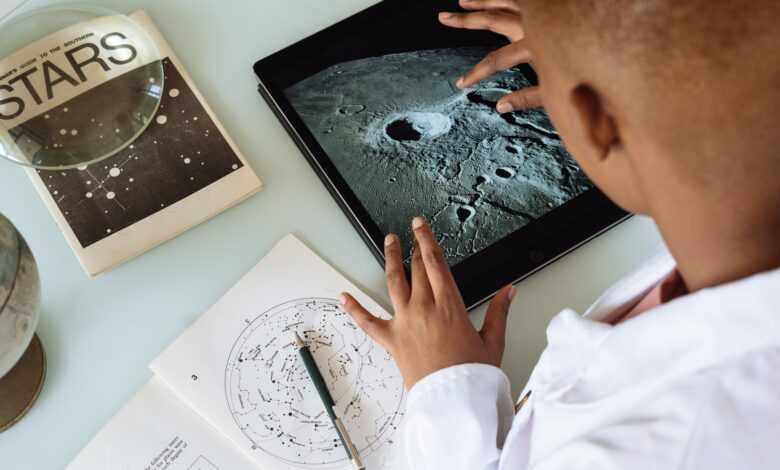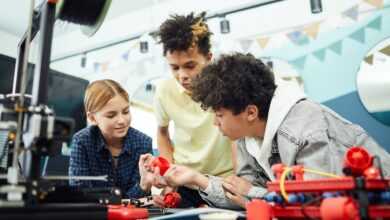
The Future of Education: Personalised Learning or Lost Opportunities?
The future of education is rapidly changing due to advancements in technology. From virtual classrooms to personalized learning, technology is transforming the way students learn and teachers instruct. However, there are concerns about the impact of technology on education and whether it will result in personalized learning or lost opportunities.
Advantages of Technology in Education
One of the biggest advantages of technology in education is personalized learning. With the use of technology, teachers can provide customized learning experiences based on a student’s individual needs, abilities, and learning styles. This can result in improved student engagement, higher levels of academic achievement, and better overall outcomes.
Technology also offers increased access to educational resources. Students can access information and educational materials from anywhere in the world, and teachers can easily create and share lesson plans and resources with their students. Additionally, technology can be used to enhance student collaboration and communication, allowing them to work together on projects, share ideas, and receive feedback from their peers.
Disadvantages of Technology in Education
Despite the many benefits of technology in education, there are also some potential drawbacks. One of the biggest concerns is the lack of face-to-face interaction in virtual classrooms, which can lead to feelings of isolation and disconnection among students. Additionally, there is a potential for distracted learning when students are using technology in the classroom, as they may be tempted to check their phones or browse the internet during class.
Another concern is the potential for technology to widen the achievement gap. While technology can offer access to educational resources for students in underserved communities, those who lack access to technology may be left behind. Additionally, some critics argue that technology in education is leading to a focus on memorization rather than critical thinking and problem-solving skills.
Critics argue that technology in education is leading to a lack of critical thinking skills and a focus on memorization rather than application. They argue that technology is creating a generation of students who rely on screens and technology to solve problems and that this could have long-term consequences for their ability to think critically and solve complex problems in the future.
Additionally, critics argue that technology in education is primarily being developed and implemented for profit rather than the public good. They argue that the push for technology in the classroom is being driven by corporations and tech companies, rather than educators and policymakers who are concerned with improving student outcomes and preparing them for the future.
As we consider the future of education, it is clear that technology will play a significant role in shaping the classroom experience. While there are many potential benefits to using technology in education, we must also be mindful of the potential drawbacks and work to address these concerns. We must strive for a balance between personalized learning and ensuring that students receive a well-rounded education that prepares them for the challenges of the future. Additionally, we must ensure that technology in education is developed and implemented with a focus on improving student outcomes and promoting the public good, rather than simply for profit.




